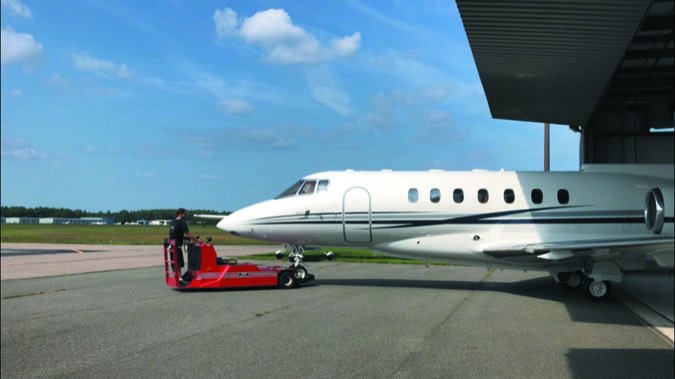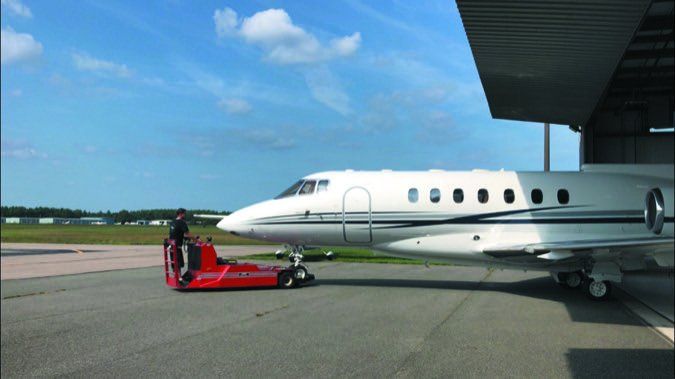
Spend even a short time on the floor of a National Business Aviation Association convention and you better forget everything you know about the cost of owning, upgrading and operating a small piston. Yes, the jet world is a major step up in the ownership experience and aviation’s high end is elegantly and seriously represented at NBAA gatherings, and the high regulatory standards of the FAA’s Part 25 are very much in place. Frankly, I think the regulatory stronghold is stifling innovation.
I should have known better, yet my head showed up at this year’s NBAA-BACE gathering in Orlando, Florida, a little too assuming that STCs for installation and product certifications for jets are easy to come by. When it comes to autopilots, EFIS and other modern gadgetry for small airplanes, a growing number of systems for Part 23 retrofits are finally obtainable without having to reach deep into the kid’s college fund. There’s not much of that on the NBAA convention floor.
When I rattled the folks at Honeywell to expand the STC for its AeroVue integrated flight deck to aging jets and turboprops, BendixKing’s Doug Hayden quickly set me straight that these days, just an ADS-B transponder STC for a Citation is a “good score.” Really? I thought the FAA is trying to make it easier for business aviation to comply with ADS-B. By all accounts, the jet fleet is way behind and a lot of that has to do with available products and brand compatibility. Hayden showed me the Honeywell CNI5000 ADS-B Out/In retrofit for the CitationJet 525 and Bravo 550 series. The package uses two BendixKing KT74 transponders, a WAAS GPS module and an ADS-B In receiver. The price? Budget at least $25,000 with installation.
Over at Garmin, the bigger news is the $500,000 G5000 flight deck retrofit for aging Beechjets and Citation XLS jets. At the show’s static display area, Garmin let me paw around the cockpit and avionics bay of its XLS test bed during a shoot for Aviation Consumer’s video channel. I think the system is so we’ll integrated, you’d think the jet came off the factory floor with it as stock.
Still, when it comes to integrated flight decks perhaps the best deal going could be Sandel’s Avilon, a retrofit suite aimed at the turboprop market. Sandel’s Larry Riddle assured me it will have a fly-away price of $175,000 when the company begins shipping it early next year. With enough dealer support, if Sandel earns the King Air STC (plus ones for other airplanes as it says it will) that’s a steal deal that could challenge the $400,000-plus offerings from the competition.
On the shop level, the savvy ones understand the key to serving the jet market is with innovation in the form of diversity. One that gets that right is SureFlight in Coatesville, Pennsylvania. Company CEO Dan Watkins told me that adding avionics capability to its existing Part 145 repair station was the right complement to the company’s paint and interior services. In close proximity to the Philadelphia and New York airspace, you can bet SureFlight will be putting in a few ADS-B systems to go along with the new paint work.
Still, If I had to pick an innovative product that impressed me the most it would have to be the Jet Shade-a removable tinted window shade that’s proven to significantly reduce the inflight temperature in larger cabins. Kevin Duggan, the product’s inventor and a light jet owner, we’ll understands the regulatory restrictions of modifying the windows in certified aircraft-especially pressurized ones. “I studied the regs carefully and thus designed these shades so they don’t even touch the existing glass, so there’s no need for any FAA approvals,” he told me. In my view, that’s one smart and innovative man because there likely won’t be any regulatory breaks for anything with a Part 25 stamp on it anytime soon.


